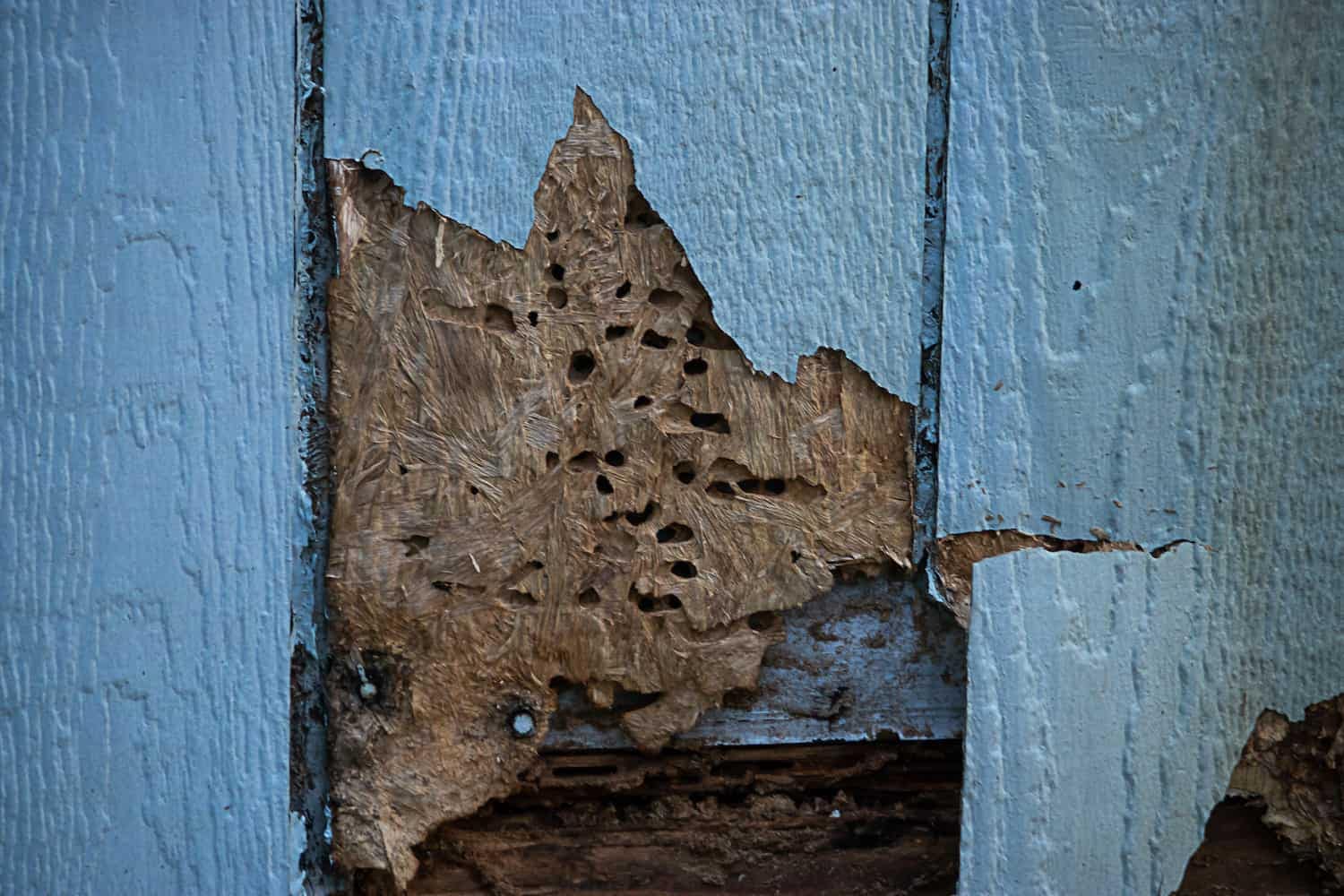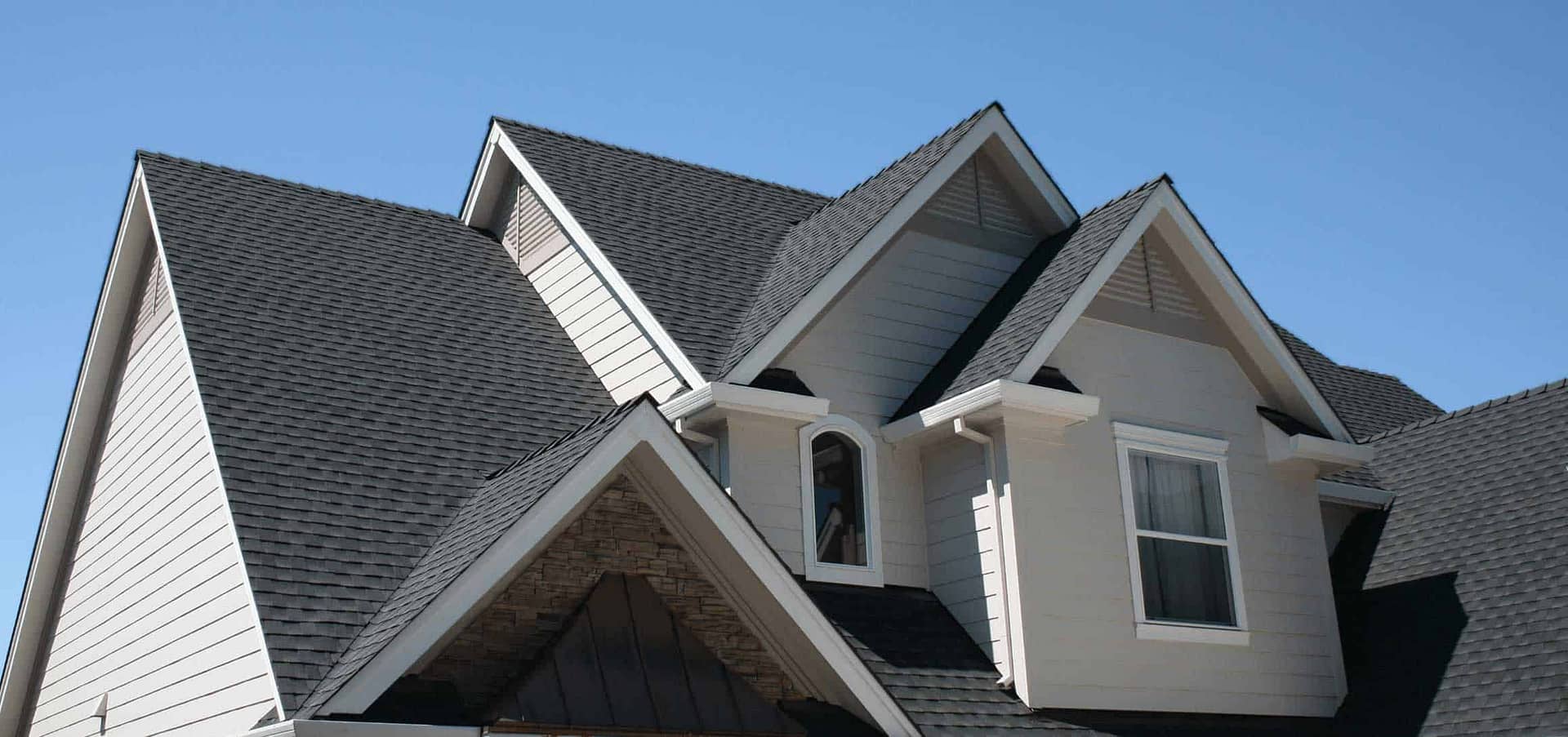How To Know When You Should Replace Your Vinyl Siding
All good things must come to an end, right? It’s important to know when to replace vinyl siding, whether you are:
- Dreading a new siding installation
- Looking forward to the change
- Thinking about it for the first time
You don’t want to wait too long and cause damage to your home, but you also probably don’t want to spend thousands of dollars if you still have a few more good years with your siding.
We’ll take a closer look at the average lifespan of vinyl siding and 5 signs that it may be time for a replacement.
Average Lifespan of Vinyl Siding ⏳
Most vinyl siding is pretty durable and lasts between 20 and 40 years. If you have a particularly high-quality brand of siding and keep it meticulously maintained, you may even get 60 years out of it!
Often, individual siding lifespans are impacted by local weather conditions. If you live in a fairly temperate region that doesn’t experience a lot of inclement weather, you’ll probably get a longer lifespan out of your vinyl siding.

Many homeowners experience aesthetic issues with their siding that don’t necessarily constitute a total siding replacement. One of the most common issues is fading. If you’ve noticed that the color of your vinyl siding has started to fade, but your siding is otherwise in good shape, consider painting!
Painting your exterior siding is perfectly safe to do. You can usually get 10 years out of a paint job— as long as it was completed properly. This is a great way to update the look of your siding at a more affordable price. You can either paint your siding yourself or hire a professional.
5 Signs You Should Replace Your Siding 🪧
An easy way to narrow down when it’s time for a siding replacement is to consider the longevity. Once your siding hits 20 years old, you should schedule regular professional inspections. A professional will be able to catch any points of concern and guide you in the right direction.
Additionally, you should keep your eye out for these five signs that it may be time for new vinyl siding:
1) Cracked or Warped Siding 💔
As your home’s foundation settles and your house gets hit by rain, hail, and debris over the years, your siding may form cracks. Cracked siding creates room for rain to seep into your home. It also invites unwanted pests.

Additionally, sun exposure and heat can cause vinyl siding to warp or melt. Expanding in summer and eventually contracting in winter makes this situation worse. Warped siding also lets in moisture and pests, which can wreak havoc on your home.
Sometimes, cracked siding can be repaired. However, if the cracking or warping is particularly bad, or if your vinyl siding is reaching the end of its lifespan, your siding contractor may recommend a total replacement.
2) Rotten Boards Underneath 😵
Most vinyl siding doesn’t rot in the way wood siding would. However, the wood boards underneath the siding are still susceptible to rot if water seeps in.
Fungus can develop from the unwanted moisture, which can eventually cause rot. It can take a long time to notice rot since the outer layer isn’t obviously affected. However, rotten plywood can cause structural damage to your home, so it’s vital to schedule regular inspections and keep your eyes peeled for signs of rot that include:
- Peeling siding paint
- Fading or changing colors
- Water spots inside your home
- Clogging gutters
- Squishy siding when you poke it
- Water seepage
3) Mold Growth Internally or Externally 🍄
When your siding starts to deteriorate, the biggest concern is moisture and water damage. If rain is creeping in through gaps in your siding, you may end up with mold and mildew. Not only can mold grow on your exterior siding, but it may also appear inside your home.
Watch out for black, gray, or white spots on your siding or interior walls. Other signs of water damage inside your home include:
- Peeling interior paint
- Water spots
- Musty smells
Be mindful that power washing can remove mold, but it can also force more water underneath your siding. It’s best to get a professional’s recommendation in this situation.
4) Insect Damage 🦗
No one wants insects or other pests sneaking into their home through their vinyl siding! Keep your eyes peeled for small holes in your siding, which are common signs of insect damage. Beyond allowing more and more pests in, these holes also reduce curb appeal and can lead to water damage.

In this instance, you’ll want to work with an exterminator and a professional siding contractor to rid your home of pests and get a vinyl siding replacement.
5) Increased Heating and Cooling Bills 🌡️
Sometimes, a more subtle indicator of faulty siding is increased energy bills. If you notice that your heating or cooling bills are higher than they normally are, something in your home’s exterior or ventilation is likely causing the issue.
Properly functioning siding should insulate your home and help keep it cool in the summer and warm in the winter. While it’s possible that your attic vents or windows are causing the drafts, don’t rule your siding out. Old siding doesn’t insulate well, so it may be time for a replacement.
Gain Clarity With a Siding Inspection
Even though most vinyl siding lasts a few decades, heat, storm damage, and pests can cause your siding to deteriorate. Whether you have a moisture issue or are just curious if you should replace your siding soon, you should work with a professional like ARCH Exteriors.
Our skilled team is proud to use CertainTeed vinyl siding— one of the most durable and visually-appealing products on the market. With 13 years of experience, you can trust our expertise and our always-honest advice.Get started with a free inspection from ARCH!



